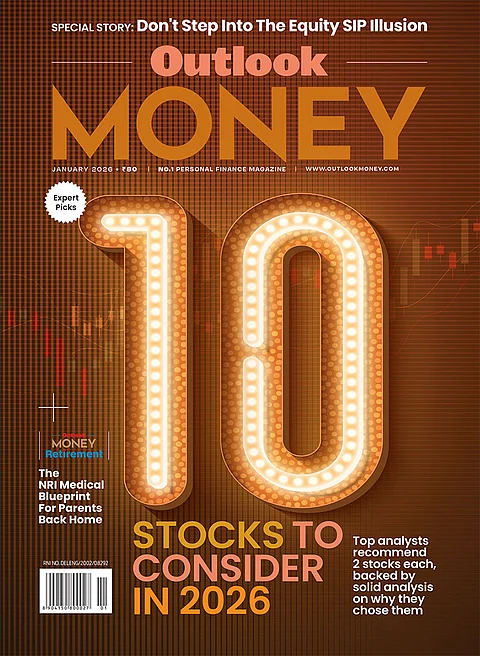As global investors deal with continued volatility amid negative cues, including sticky inflation and rising interest rates, the equity market has been witnessing severe volatility. Capital is fleeing from the risky asset to safer shores such as fixed income, in the search of stable yet robust returns and the debt market has been delivering on these demands. As an investor, how should you evaluate this evolving paradigm and where should you park your corpus?
Global Macro Environment
The US Federal Reserve’s chosen measure of inflation has dropped from almost 7% in June to 5% in December which, while being well above the central bank’s target of 2%, is still a strong indicator of disinflation. This has prompted the Fed, a frontrunner in global rate hikes, to slow its aggressive pace and temper its campaign against high inflation. However, market players still expect the central bank to continue its battle against rising prices, till the number is near the target. Meanwhile, crude oil prices too have been hovering around the $85 per barrel. These triggers have led to sharp volatility in global equities, as well as a sustained demand for fixed income securities.
The Indian Perspective
The Reserve Bank of India’s Monetary Policy Commission has maintained a hawk-like stance and attempted to bring down inflation via consistent rate hikes, with the repo rate currently at 6.5%. While the market had little to cheer, given the huge losses sustained by the benchmark indices, the slowing pace of rate hikes has offered investors slight respite. Consumer price index-based inflation eased to 5.72% on-year in December 2022, compared to 5.88% in November 2022 and the rupee rose 1% to settle at Rs 81.92 on January 31, 2023 compared with Rs 82.73 on December 30, 2022, indicating India’s strength on a global scale.
Debt Market Outlook
Given that the RBI is now content with inflation hovering around 6%, unlike the previous target of 4%, the Indian central bank is not likely to reduce rates any time soon. With the economic cycle advancing from slowdown to growth, and no sight of rate cuts in the near term, credit spreads are expected to expand further, making accruals a dominant source of returns in debt schemes. Bond yields have continued to rise on account of the ongoing tighter liquidity conditions and strong credit growth. Currently, the one- to two-year portion of the curve, which is the shorter end of the curve appears to be fairly priced. This means that investors adding duration through the long end of the curve may not see the desirable results. In such an environment, investors can consider short duration scheme such as ultra-short and short term funds. For parking fund, one may consider a liquid fund.
Investors can also consider taking exposure to dynamic duration schemes. Investing in this category fund will make it easier for you to navigate through uncertain times with ease and will help you to benefit from volatility as well. The scheme will invest across durations in accordance with the interest rate scenario, in order to maximise the investment returns. Thus, they aim to benefit from interest rate volatility. Also, this category funds have the flexibility to invest in a variety of short-term and long-term debt and money market instruments, including corporate bonds and government securities. Further, these funds are not constrained by limitations on the duration or maturities of the securities they invest in. Due to the dynamic management, they have the potential to offer better returns at various points of the interest rate cycle. But an investor has to be mindful that they must stay invested for at least three years and preferably more if investing in this category to make gains of the investment calls taken.
Savvy investors can also consider investing in categories such as the credit risk as yields on bonds rated AA and below have remained high or have increased due to the hike in repo rate. The increased yield offers a good opportunity to invest in credit spread assets, as one can benefit from capital appreciation and high accruals.
To conclude, fixed income yields are now above inflation rate, delivering a positive real rate of return making it a good year for debt investment.
Abhimanyu Sharma, Founder, Swarn Wealth
Disclaimer
The views are personal and are not part of the Outlook Money editorial Feature.







